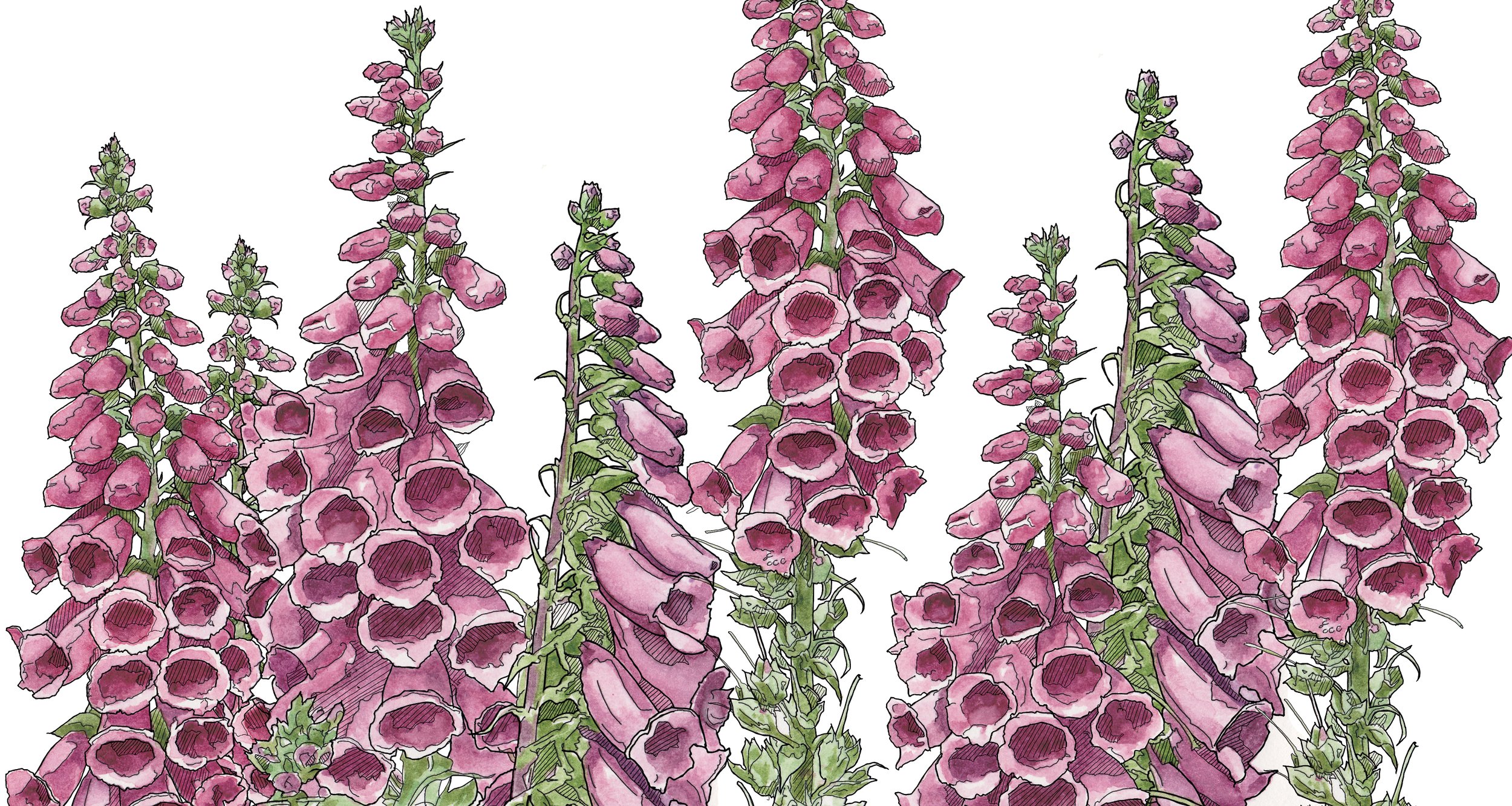LESSONS IN
SUCCESSION
GARDENING
*********************
There is a time in early summer when groups of perennials are either ending their season or just starting their growth spurts. During this ‘in-between’ period in June, the addition of hardy annuals effectively bridges the blooming gap filling in the empty space of spent perennials. This strategic planting is known as succession gardening, a layered gardening style that has continuous blooms throughout the season. Succession gardening breathes more color, cut flowers, birds and bees into the garden.
Vineyard Gardens Nursery
We seeded an assortment of hardy annuals last fall, such as Cornflowers (Centaurea cyanus), Ladybird poppies (Papaver commutatum), Rose of Heaven (Silene ‘Blue Angel’), Larkspurs, Feverfew, Queen Anne’s Lace (Ammi Majus), Snapdragons (Antirrhinum) and some biennials like Lychnis coronaria, Digitalis purpurea (hybrids) and Verbascums that bloom early and will flower through June and some into July. In addition to blooming in June, these annuals knit together a beautiful planting scheme with the evolving summer perennials.
Hardy annuals can be used both in formal gardens and natural settings.
Digitalis purpurea
Feverfew
Verbascum thapsis
SUCCESSION GARDENING TIPS
*********************
The flowers of hardy annuals can occupy negative space in June and then the foliage of neighboring perennials fill that space in July.
Hardy annuals are best planted early, typically around mid march, depending on the weather. Planted early they will give you the maximum desired effect.
Vineyard Gardens has a great selection of our fall sown hardy annuals that are available now and ready to plant.
These plants can be directly sown in the spring but will not give you the size, vigor or highly anticipated jaw dropping display due to the warmer temperatures as spring progresses.
Alternatively, hardy annuals can be removed in July and replaced with tender annuals.
Tender annuals include Cosmos, Dahlias, Tagetes, Browalia, Ageratum, Coleus, Impatiens or Cleome.
*********************
Cornflowers (Centaurea cyanus)
Verbascum thapsis
Digitalis purpurea ‘Apricot’
Digitalis purpurea 'Cream'






